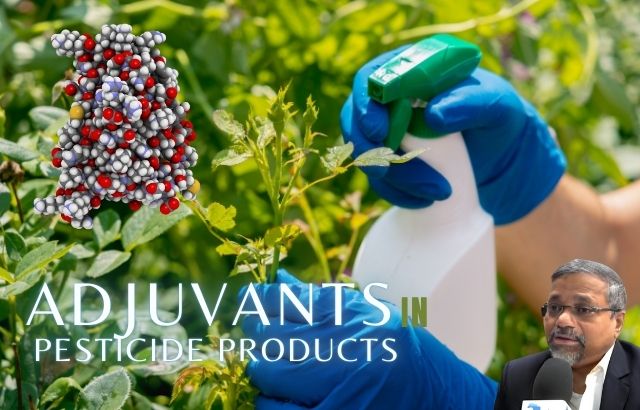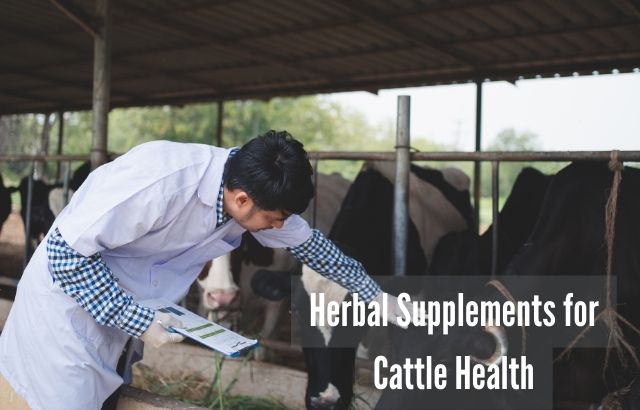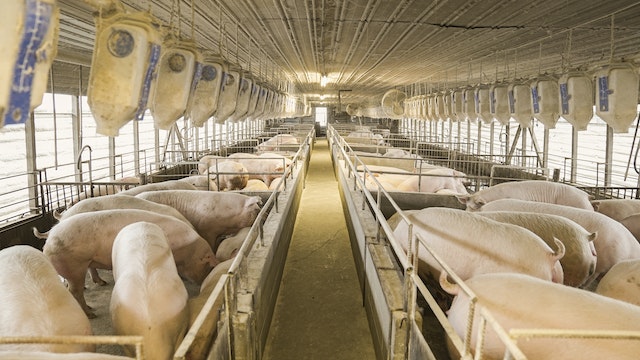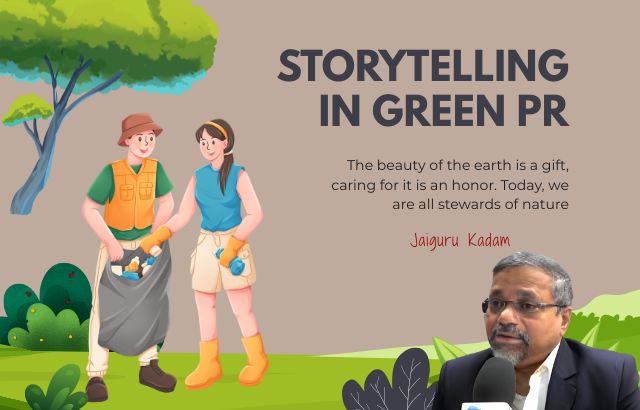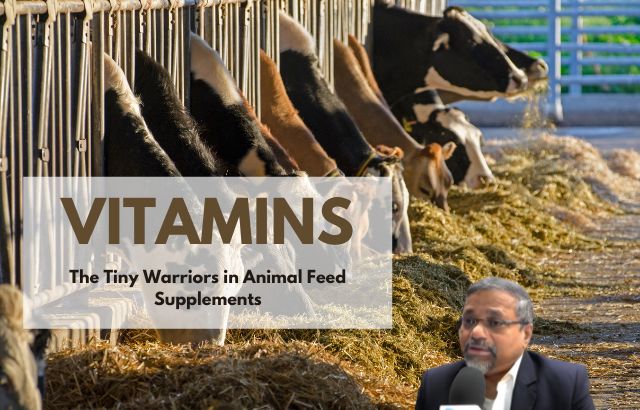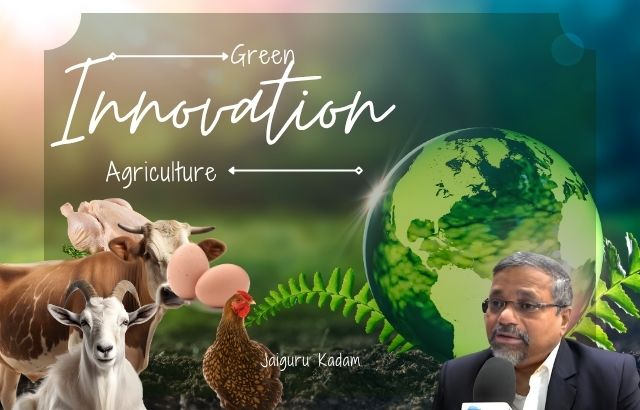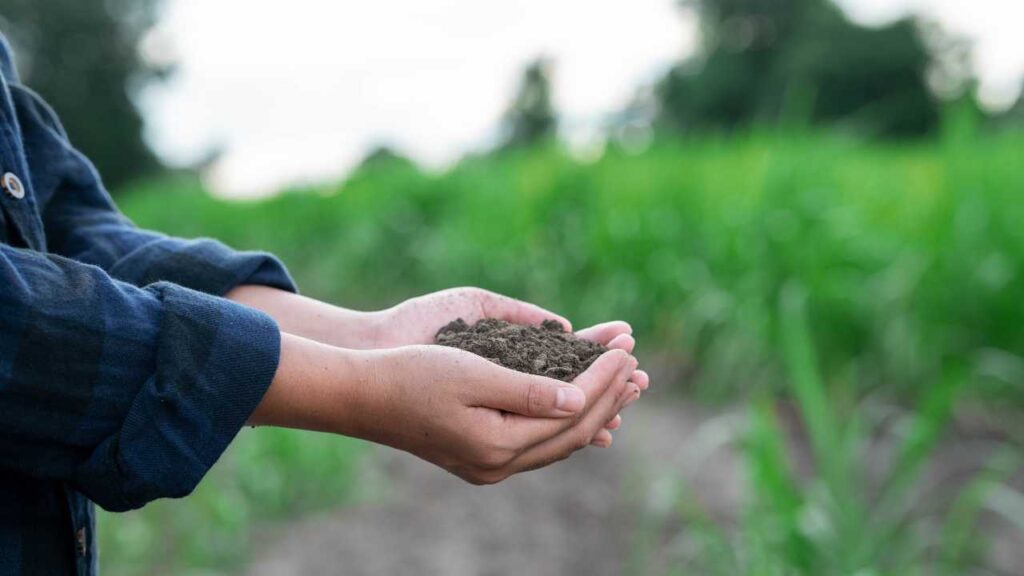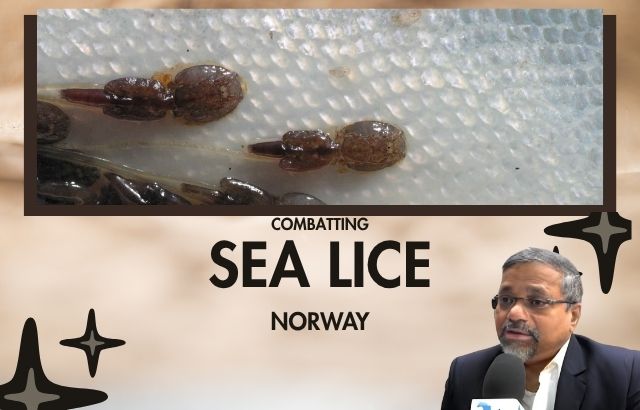The aquaculture industry is undergoing a profound transformation as scientists, feed formulators, and farmers work to develop more sustainable, efficient, and nutritious aquafeeds. These feeds, which are specifically designed for farmed aquatic species, are essential for improving growth rates, boosting health, and minimizing the environmental footprint of fish farming. As the demand for aquaculture continues to rise, optimizing feed formulation is now a key focus to ensure that we meet the nutritional needs of farmed fish without compromising on sustainability.
In this blog, we will explore the latest trends in aquafeed formulation, highlighting the importance of protein, lipids, and vitamins in creating balanced feeds. We’ll also dive into the innovative work of feed formulation scientist Jaiguru Kadam, whose research and contributions have paved the way for more efficient and effective feeds for aquatic species.
The Basics of Aquafeed Formulation
To understand the significance of feed formulation in aquaculture, we first need to grasp the core components that make up a balanced aquafeed.
- Proteins
Proteins are crucial for the growth and development of farmed fish. Fish require proteins to support muscle growth, immune function, and overall vitality. Traditionally, fishmeal has been the primary source of protein in aquafeeds, but the sustainability of wild fish stocks has raised concerns over overfishing and environmental impacts. As a result, there has been a significant shift towards finding alternative protein sources.- Alternative Proteins: Recent developments in aquafeed formulation have introduced plant-based proteins (such as soybean, wheat, and corn gluten) as viable alternatives. Other exciting options include insect meal (from black soldier flies) and algae-based proteins. These alternatives provide essential amino acids while reducing dependence on marine-based ingredients.
- Lipids (Fats)
Lipids are important for energy and help in the absorption of fat-soluble vitamins (A, D, E, and K). They also support reproductive health and the development of omega-3 fatty acids, which are vital for both fish and human health. However, the inclusion of high levels of lipids in feeds requires careful balancing to prevent adverse effects such as poor water quality and excessive waste production.- Sustainable Lipid Sources: Fish oil has traditionally been the primary source of lipids in aquafeeds. However, the sustainability challenges surrounding fish oil have led to the exploration of alternative lipid sources. Researchers like Jaiguru Kadam have been instrumental in developing feeds that incorporate plant oils, algae-based oils, and microbial lipids, which offer the benefits of omega-3 fatty acids while reducing the strain on marine resources.
- Vitamins and Minerals
Vitamins and minerals are essential for the overall health, growth, and disease resistance of fish. These micronutrients are often added to aquafeeds in the form of supplements to ensure that fish receive the necessary daily intake. Without sufficient vitamins and minerals, farmed species may experience stunted growth, poor immunity, and increased susceptibility to diseases.- Functional Ingredients: In addition to traditional vitamin and mineral supplements, functional ingredients such as antioxidants, prebiotics, and probiotics are increasingly included in modern aquafeeds. These ingredients not only support the nutritional health of farmed fish but also improve their resistance to diseases, reduce stress, and enhance overall performance.
Latest Trends in Aquafeed Development
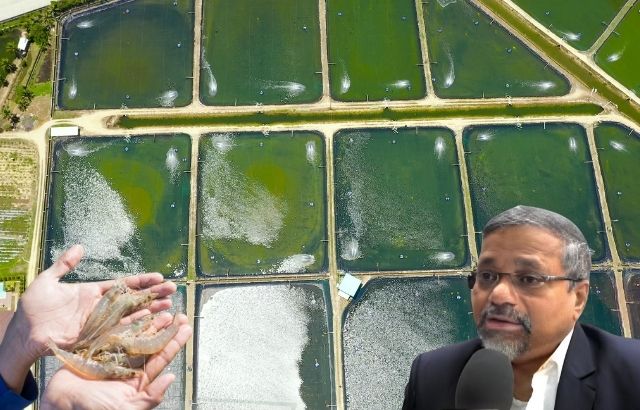
In recent years, the field of aquafeed formulation has seen significant advancements. Some of the most notable trends include:
- Precision Nutrition and Personalized Feeds
The concept of “precision nutrition” involves tailoring feeds to meet the specific needs of different fish species and farming conditions. By using advanced data analytics and technologies, scientists can create feeds that optimize growth rates, reduce feed wastage, and improve nutrient absorption.- Jaiguru Kadam’s Work: Kadam’s research has focused on understanding the specific dietary requirements of different fish species at various stages of their life cycle. Through his work, he has developed models that help farmers customize feeds based on the age, size, and health condition of the fish. This approach not only improves feed efficiency but also minimizes environmental impacts.
- Sustainable Aquafeeds
As environmental concerns continue to mount, sustainable feed formulation is more important than ever. The aquaculture industry is increasingly looking to reduce its carbon footprint by using locally sourced ingredients, reducing reliance on wild fish stocks, and minimizing waste.- Circular Economy Approach: Kadam has contributed to research on the use of circular economy principles in aquafeeds. By utilizing by-products from agriculture, food industries, and even aquaculture waste (like fish processing waste), these ingredients can be recycled back into the production of new feeds, reducing resource consumption and waste generation.
- Incorporating Novel Ingredients
Innovation in aquafeeds is also being driven by the inclusion of novel ingredients such as algae, seaweed, and insect-based proteins. These ingredients offer not only a sustainable source of nutrients but also the potential to improve the health and resilience of farmed species.- Insect-Based Protein: Insects, particularly black soldier flies, are rapidly gaining attention as a sustainable alternative to fishmeal. Their ability to convert organic waste into high-quality protein makes them an attractive option. Kadam’s research on insect meal has shown that it can be successfully incorporated into aquafeeds, providing essential nutrients while promoting sustainability.
- Enhanced Feed Conversion Efficiency
Feed conversion ratio (FCR) is a critical metric in aquaculture, as it determines how efficiently fish convert feed into body mass. The goal is to reduce the FCR, which not only improves profitability for farmers but also reduces environmental impact.- Kadam’s Role: Kadam’s work in optimizing feed ingredients and formulations has led to significant improvements in FCR. By focusing on the digestibility and bioavailability of nutrients, he has helped develop feeds that are more efficiently absorbed by fish, reducing waste and improving overall performance.
The Role of Feed Formulation Scientists Like Jaiguru Kadam
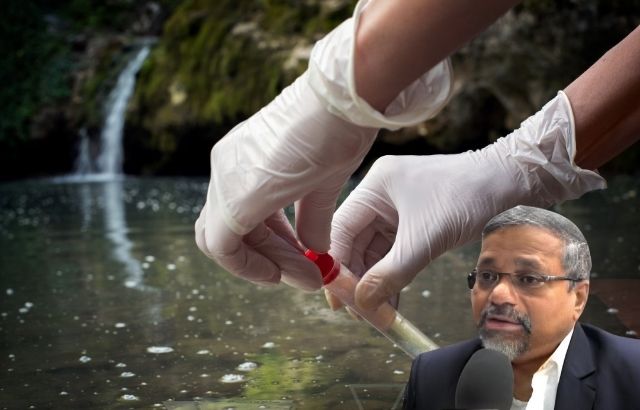
Jaiguru Kadam, a prominent feed formulation scientist, has made groundbreaking contributions to the development of high-performance, sustainable aquafeeds. His research focuses on creating feeds that not only meet the nutritional needs of farmed fish but also consider the environmental and economic challenges faced by the aquaculture industry.
Kadam has been at the forefront of several key innovations:
- Improved Nutrient Absorption: Kadam’s work on ingredient optimization has improved the digestibility of nutrients in fish feeds, leading to better growth and health outcomes for farmed species.
- Alternative Proteins and Lipids: He has pioneered the use of alternative protein and lipid sources in aquafeeds, reducing the dependence on traditional fishmeal and fish oil.
- Sustainability in Feed Production: By incorporating waste-to-feed solutions, Kadam has worked on reducing the carbon footprint of aquafeed production, supporting the broader goal of sustainable aquaculture.
Conclusion
Aquafeeds are a critical component of modern aquaculture, and advancements in feed formulation are essential for ensuring that the industry remains sustainable and capable of meeting the growing demand for seafood. Through the work of experts like Jaiguru Kadam, we are seeing significant progress in creating nutritionally balanced, environmentally sustainable, and cost-effective feeds. By focusing on the optimization of proteins, lipids, and vitamins, as well as exploring alternative ingredients and novel technologies, the future of aquafeeds looks promising.
As the world continues to shift towards more sustainable farming practices, the role of feed formulation in the success of aquaculture cannot be overstated. With continued research and innovation, we can look forward to a future where farmed fish are healthier, more resilient, and more sustainably produced.



